Blog Detail
Table of Contents

Underwater Radio Communication: From Challenges to Breakthroughs
- Sophia
- May 9, 2025
- 0 Comments
Hello! Today we invited David Taylor, a swimming fitness coach, to explain Underwater Radio Communication to us.
David Taylor:
Hello! As a professional deeply involved in swimming training, I've learned that clear communication is the bedrock of success in any complex endeavor. Today, I want to share my insights into a particularly fascinating and challenging field: underwater radio communication. For decades, the dream of sending radio waves seamlessly through water has been pursued by scientists and engineers. Let's dive into the historical hurdles and the exciting breakthroughs that are reshaping this vital technology. You can also refer to the retekess tt120 underwater explanation device, which is also an Underwater Radio Communication.
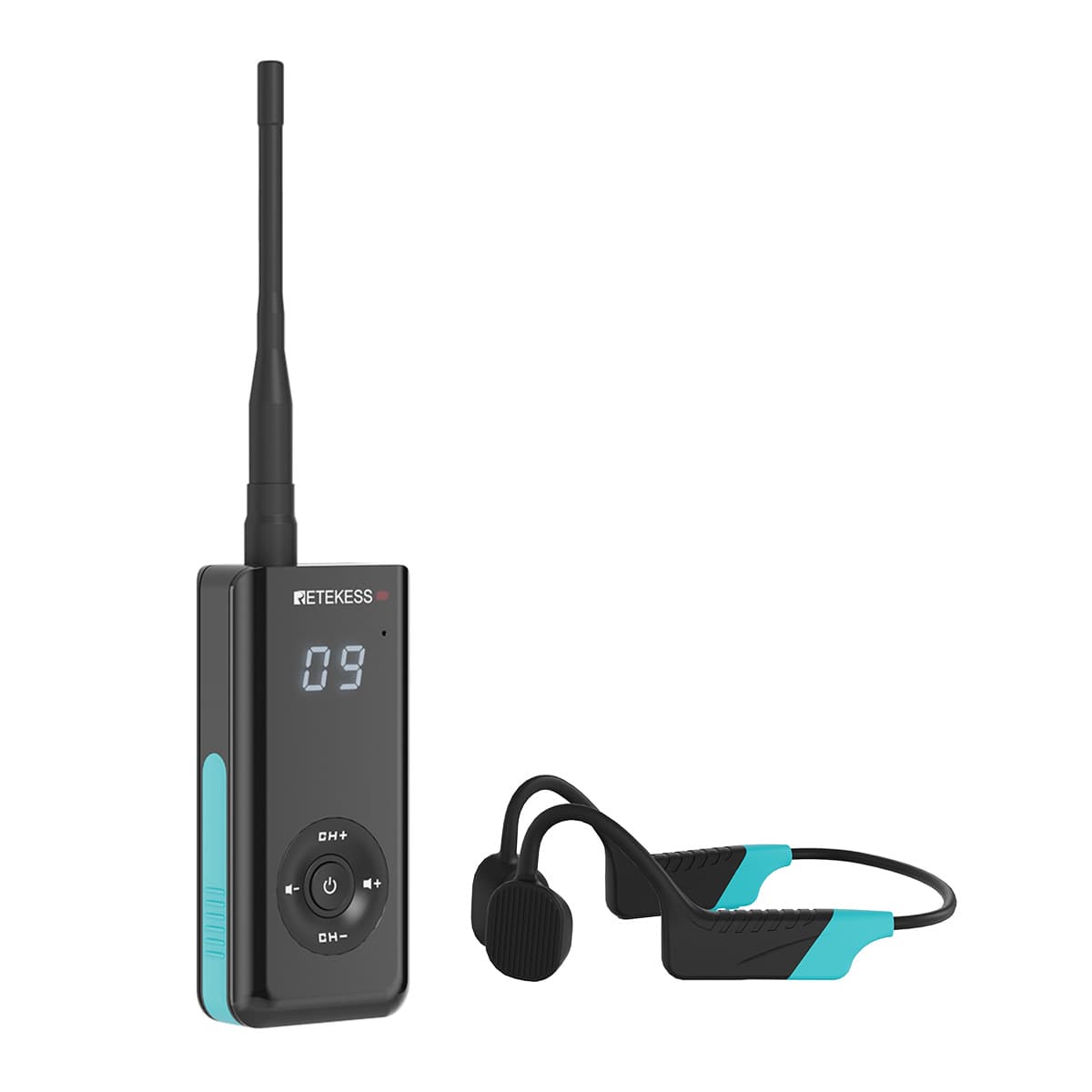
The Fundamental Hurdle: Why Traditional Radio Fails Underwater
My experience has taught me that understanding the core problem is the first step to any solution. With underwater radio communication, the primary antagonist is the very medium we're trying to penetrate: water, especially saltwater.
Radio waves, which travel effortlessly through air, encounter immense difficulty in conductive media like seawater. Saltwater acts as a good electrical conductor, causing radio signals, particularly at higher frequencies, to attenuate (lose strength) very rapidly. This phenomenon is often described by the "skin depth," which indicates how far a radio signal can penetrate before its intensity drops significantly. For most radio frequencies, the skin depth in seawater is mere inches or feet, rendering conventional radio communication systems ineffective for submerged vessels or devices. This is why, as outlined in foundational texts and resources like Wikipedia's "Communication with submarines," submarines historically had to surface or deploy an antenna above water to establish radio contact – a risky maneuver in many situations.
Navigating the Depths: Early Approaches and Their Limitations
Faced with these challenges, the scientific community didn't give up. Early attempts at underwater radio communication explored various avenues:
The Reign of Acoustic Waves
Because radio frequency (RF) systems struggled, acoustic communication (sonar) became the dominant method for underwater wireless data transmission. As research from institutions like the Woods Hole Oceanographic Institution (WHOI) often highlights, sound waves travel much farther in water than radio waves. However, acoustic communication has its own set of limitations:
- Low Bandwidth: Acoustic signals inherently carry less data than radio waves, limiting the speed and volume of information transfer.
- High Latency: Sound travels much slower than radio waves.
- Reflection and Refraction: Acoustic signals can reflect off the water surface and seabed, and refract due to changes in water temperature and salinity, leading to complex signal paths and potential interference. As DARPA program manager Lin Haas noted, "Underwater signals don't travel in a single line."
Very Low Frequency (VLF) Radio
For military applications, particularly submarine communication, Very Low Frequency (VLF) radio (3-30 kHz) offered a partial solution. VLF waves can penetrate seawater to greater depths than higher frequencies. However, VLF systems require enormous antenna installations and offer extremely low data rates, suitable mainly for one-way broadcast of short messages.
The Quest for Viable Underwater Radio Communication: Overcoming the Obstacles
Despite the dominance of acoustics, the pursuit of effective underwater radio communication continued, driven by the allure of higher bandwidth and lower latency. My coaching philosophy emphasizes persistence, and this field is a testament to that. Researchers have focused on understanding and mitigating the core challenges:
- Signal Attenuation: The primary issue, as discussed.
- Limited Bandwidth: Directly linked to the frequencies that can penetrate water.
- Environmental Factors: Water temperature, salinity, and turbidity significantly impact signal propagation, as detailed in various studies on underwater signal behavior.
- Antenna Design: Designing efficient antennas that can operate effectively in or near a conductive medium like water is a significant engineering challenge.
Breakthroughs and Emerging Technologies in Underwater Radio
This is where the story gets exciting! Recent years have seen remarkable advancements, turning many of the longstanding challenges of underwater radio communication into areas of active innovation.
Advanced Antenna Designs and Materials
Innovations in antenna technology are at the forefront. For instance, research published in journals like Nature (e.g., "Superlensing enables radio communication and imaging underwater") has demonstrated the potential of specialized antennas, such as surface electromagnetic wave (SEW) antennas. These designs can significantly improve the efficiency of radio transmission in the MHz frequency range over practical distances.
Exploring Different Radio Frequencies
While high frequencies attenuate quickly, researchers are exploring specific "windows" and techniques in the RF spectrum. Studies like those by Smolyaninov et al. (2020) on "broadband underwater radio communication for application in unmanned underwater vehicles" delve into optimizing RF for specific underwater applications, often in the MHz range, balancing penetration depth with achievable bandwidth.
Sophisticated Signal Processing
Modern digital signal processing (DSP) techniques are playing a crucial role. By developing advanced algorithms, it's possible to better filter out noise, correct for signal distortion caused by the underwater environment, and recover weaker signals. This is an area where institutions like DARPA have consistently pushed the boundaries, developing models that account for complex acoustic (and by extension, radio) signal behavior underwater.
Hybrid Communication Systems
Some of the most promising solutions involve hybrid systems. These might use acoustic communication for long-range, low-data-rate needs, and underwater radio communication for short-range, high-bandwidth data transfer between nearby devices or for breaking the water-air barrier, a challenge highlighted by research aiming to bridge submarine-to-plane communication.
Applications Driving Innovation in Underwater Radio Communication
The drive for better underwater radio communication isn't just academic; it's fueled by critical real-world needs:
- Military and Defense: Providing near real-time, secure communication for submarines, unmanned underwater vehicles (UUVs), and divers is a primary driver. The US Navy, for example, continually advances "wireless" undersea data transmission.
- Ocean Exploration and Science: Scientists require robust communication to control UUVs, retrieve data from sensors, and conduct research in unexplored ocean regions.
- Offshore Industries: The oil and gas industry, as well as offshore renewable energy, can benefit from improved communication for monitoring and controlling subsea infrastructure.
- Environmental Monitoring: Tracking pollution, marine life, and climate change impacts relies on data collected by submerged sensors and vehicles.
The Future of Underwater Radio Communication
As a coach, I always encourage looking forward. The future of underwater radio communication is incredibly promising. We're moving beyond the traditional limitations, thanks to persistent research and technological breakthroughs. We can anticipate:
- Higher Data Rates: Enabling more complex data, including video, to be transmitted underwater.
- Increased Range: Extending the effective reach of underwater radio systems.
- Greater Reliability: More robust communication links less susceptible to environmental interference.
- Miniaturization: Smaller, more efficient communication modules for compact UUVs and sensors.
The journey of underwater radio communication from a seemingly insurmountable challenge to a field ripe with breakthroughs is a powerful example of human ingenuity. While acoustic communication will continue to play a role, the advancements in radio technology are opening up new possibilities for how we interact with, explore, and operate within the underwater world.
I hope this overview has provided you with valuable insights into this complex yet exciting field. The ability to communicate effectively beneath the waves is crucial for scientific discovery, national security, and sustainable use of our oceans.That’s it for today’s explanation, bye
What are your thoughts on the future of underwater radio communication? Share your comments below or explore further resources from leading research institutions to deepen your understanding! You can also refer to our website for more information on underwater interpretation equipment.Contact us https://www.retekess.com/contact-us-other

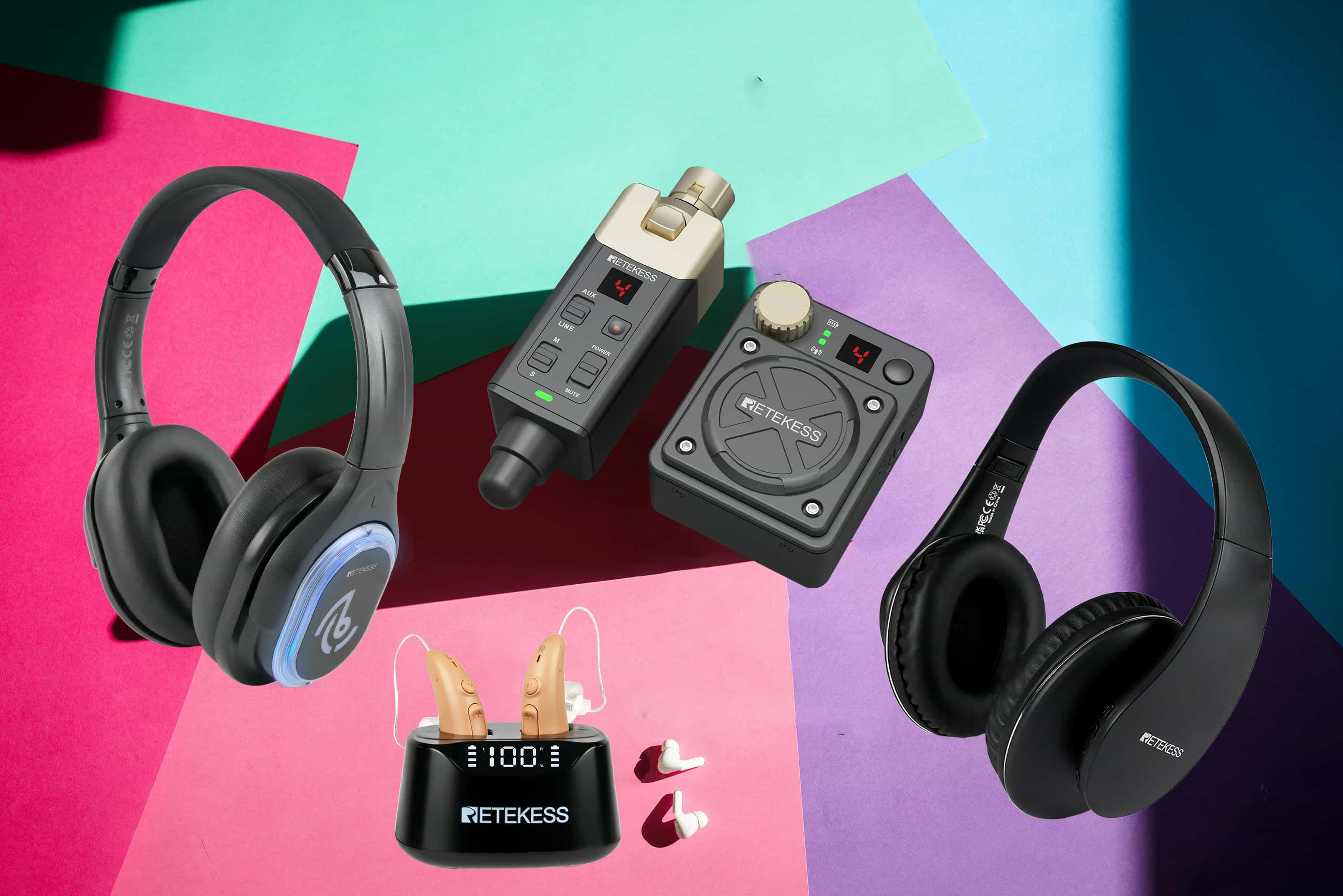
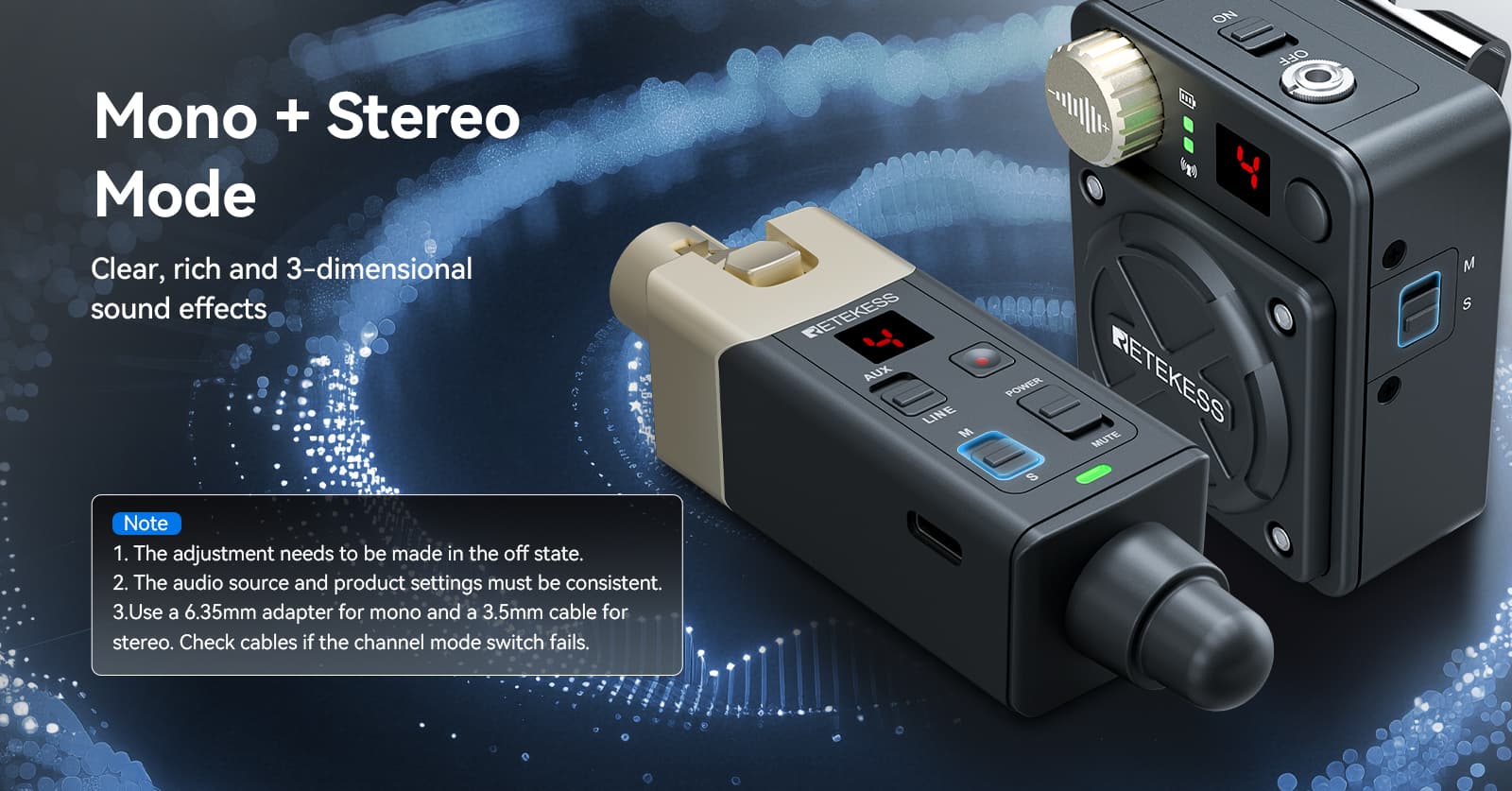


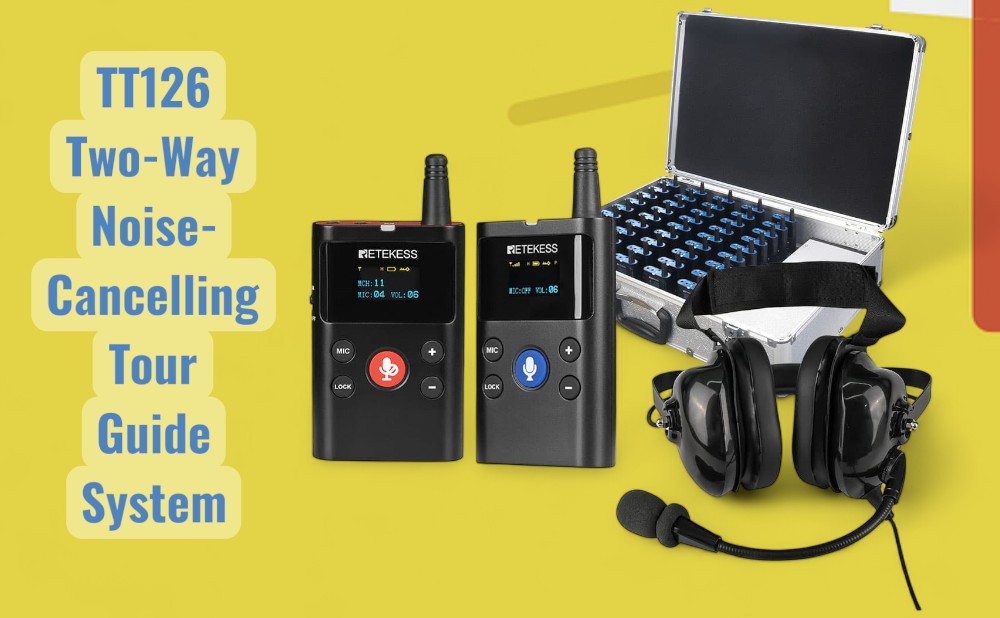
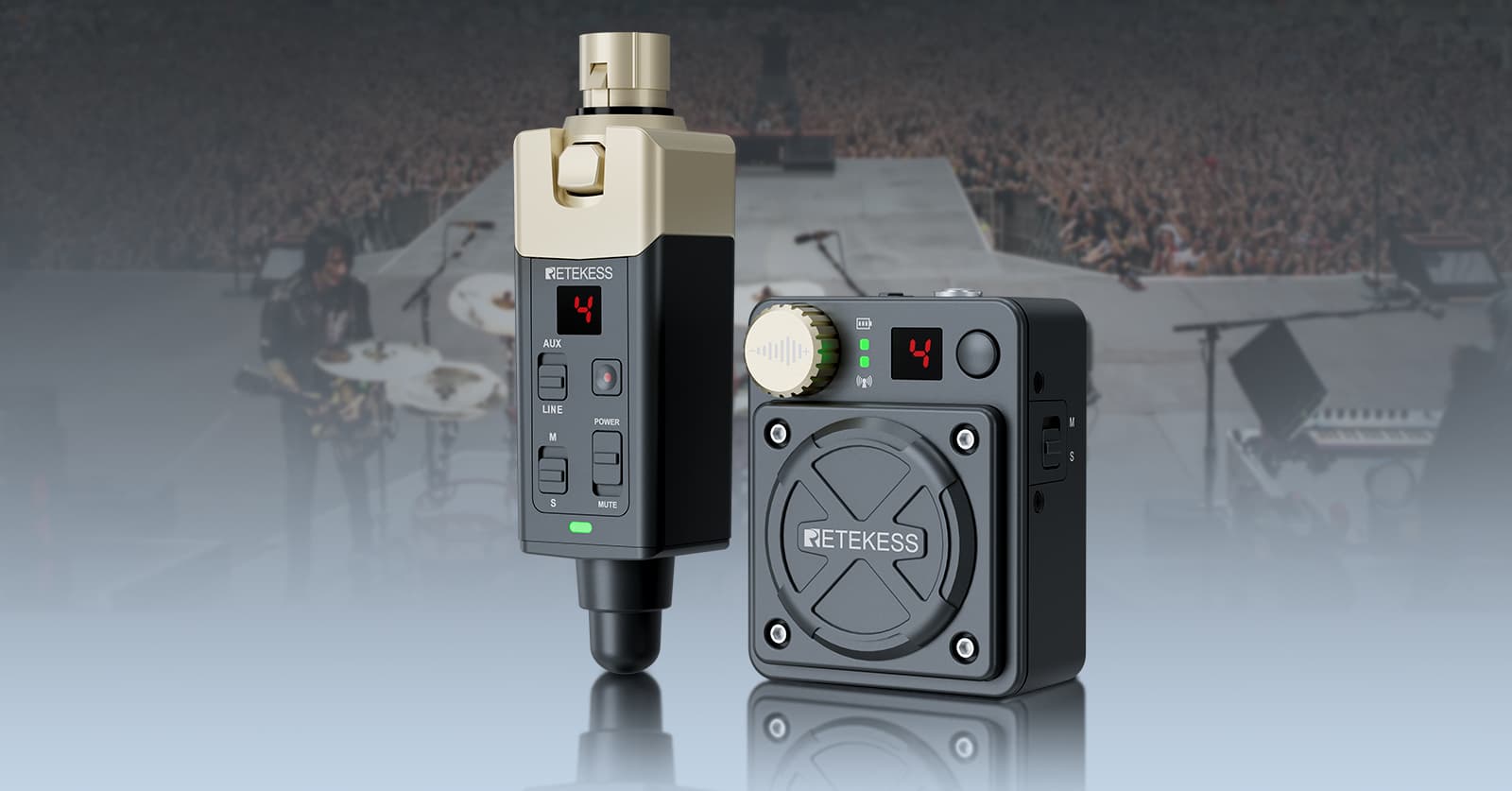


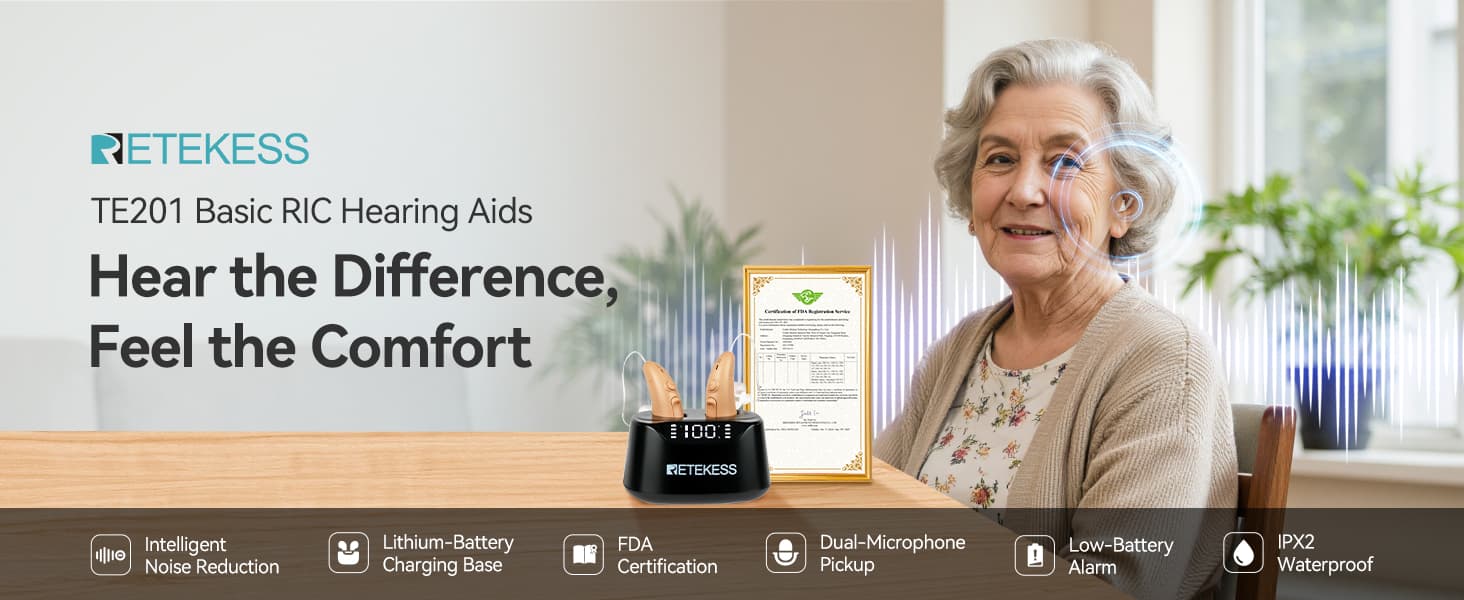
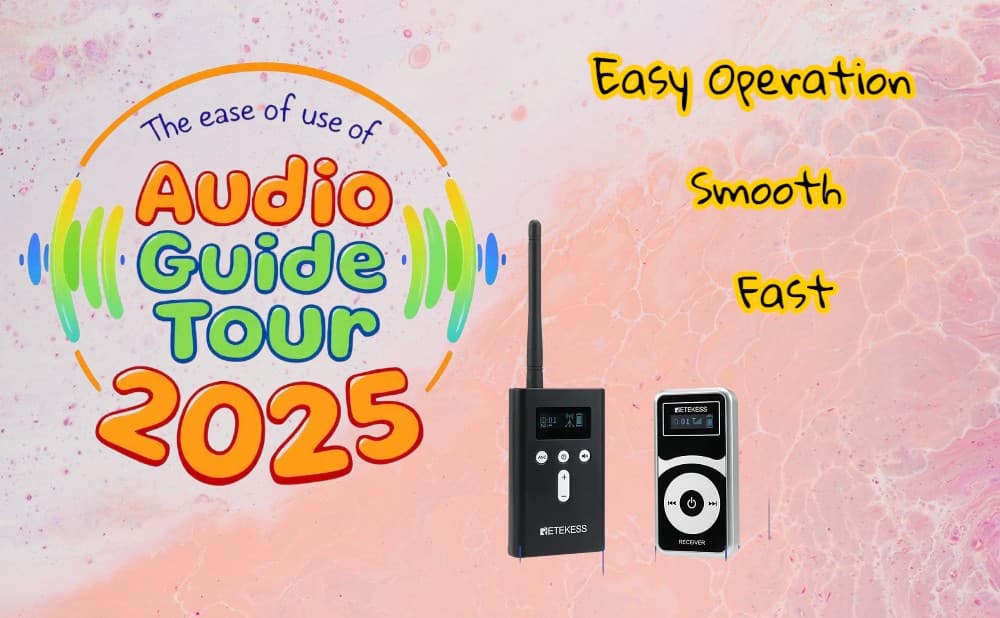
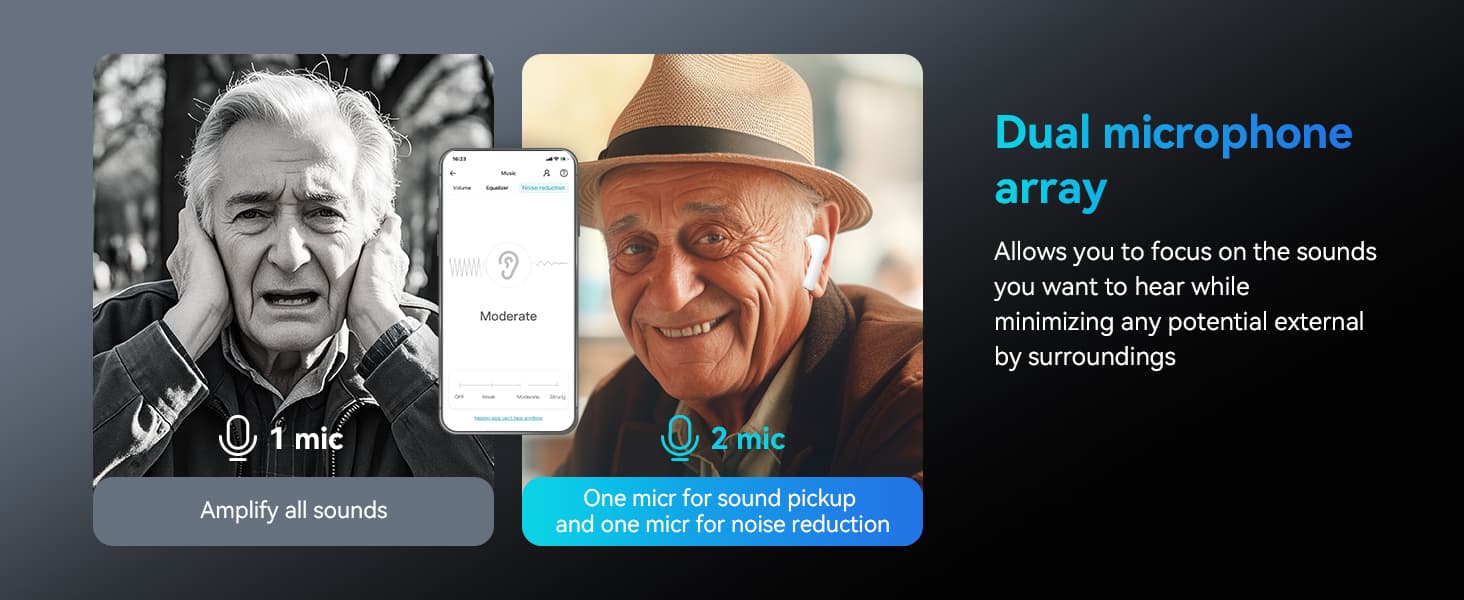




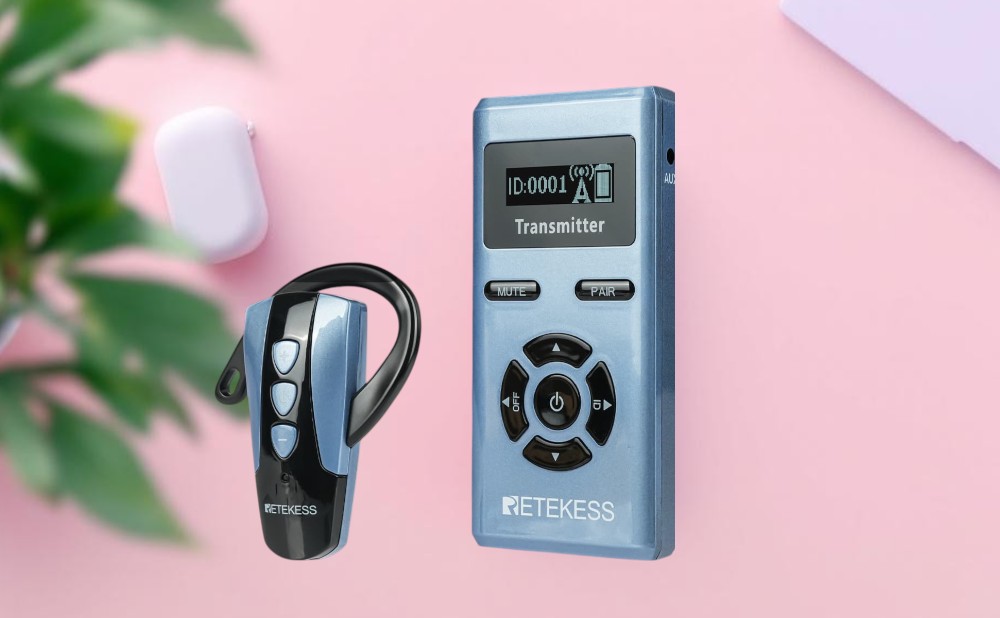
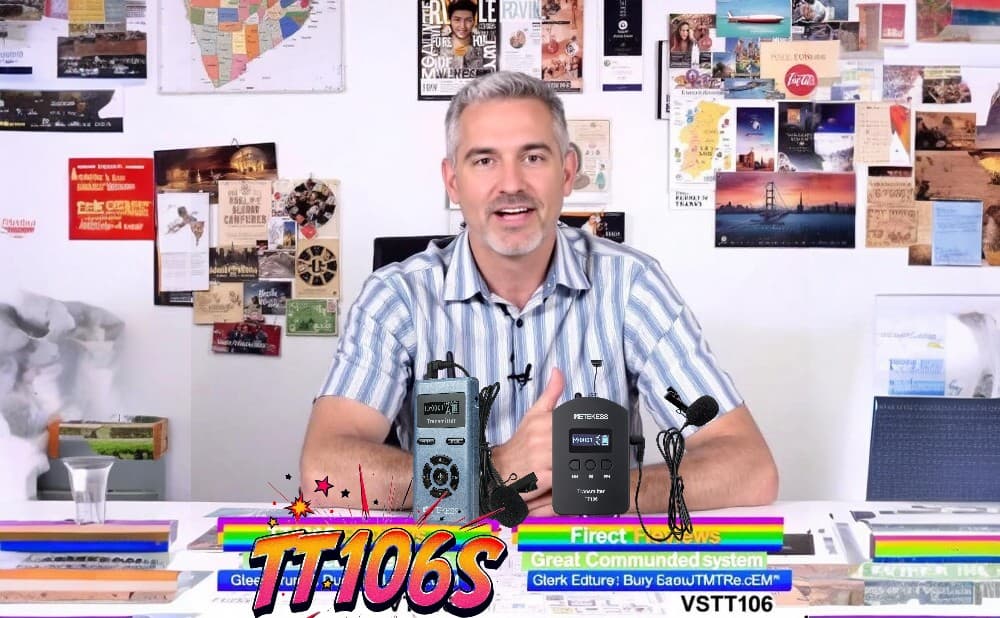




Comments (0)